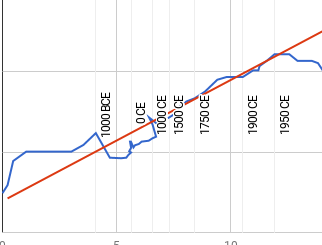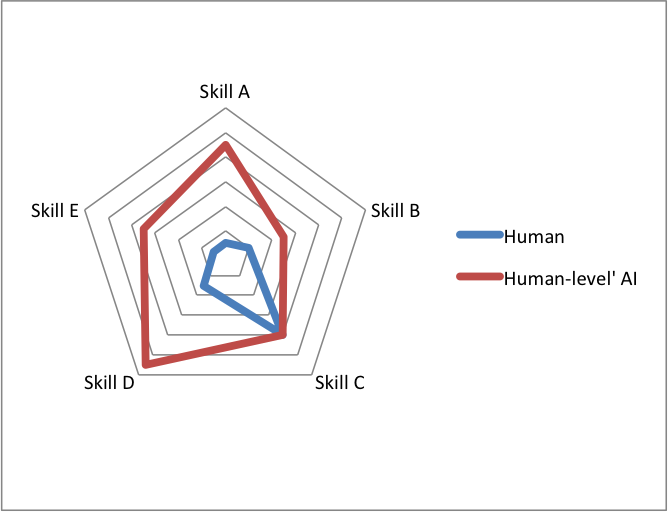Note: This page is out of date. See an up-to-date version of this page on our wiki.
Updated 5 June 2015
We know of around 1,300 public predictions of when human-level AI will arrive, of varying levels of quality. These include predictions from individual statements and larger surveys. Median predictions tend to be between 2030 and 2055 for predictions made since 2000, across different subgroups of predictors.
Details
The landscape of AI predictions
Predictions of when human-level AI will be achieved exist in the form of surveys and public statements (e.g. in articles, books or interviews). Some statements backed by analysis are discussed here. Many more statements have been collected by MIRI. Figure 1 illustrates almost all of the predictions we know about, though most are aggregated there into survey medians. Altogether, we know of around 1,300 public predictions of when human-level AI will arrive, though 888 are from a single informal online poll. We know of ten surveys that address this question directly (plus a set of interviews which we sometimes treat as a survey but here count here as individual statements, and a survey which asks about progress so far as a fraction of what is required for human-level AI). Only 65 predictions that we know of are not part of surveys.
Summary of findings

Recent surveys tend to have median dates between 2040 and 2050. All six of the surveys which ask for the year in which human-level AI will have arrived with 50% probability produce medians in this range (not including Kruel’s interviews, which have a median of 2035, and are counted in the statements here). The median prediction in statements is 2042, though predictions of AGI researchers and futurists have medians in the early 2030s. Surveys give median estimates for a 10% chance of human-level AI in the 2020s. We have not attempted to adjust these figures for biases.
Implications
Expert predictions about AI timelines are often considered uninformative. Evidence that predictions are less informative than in other messy fields appears to be weak. We have not evaluated baseline prediction accuracy in such fields however. We expect survey results and predictions from those further from AGI are more accurate than other sources, due to selection biases. The differences between these sources appear to be a small number of decades.



23 Trackbacks / Pingbacks
Comments are closed.